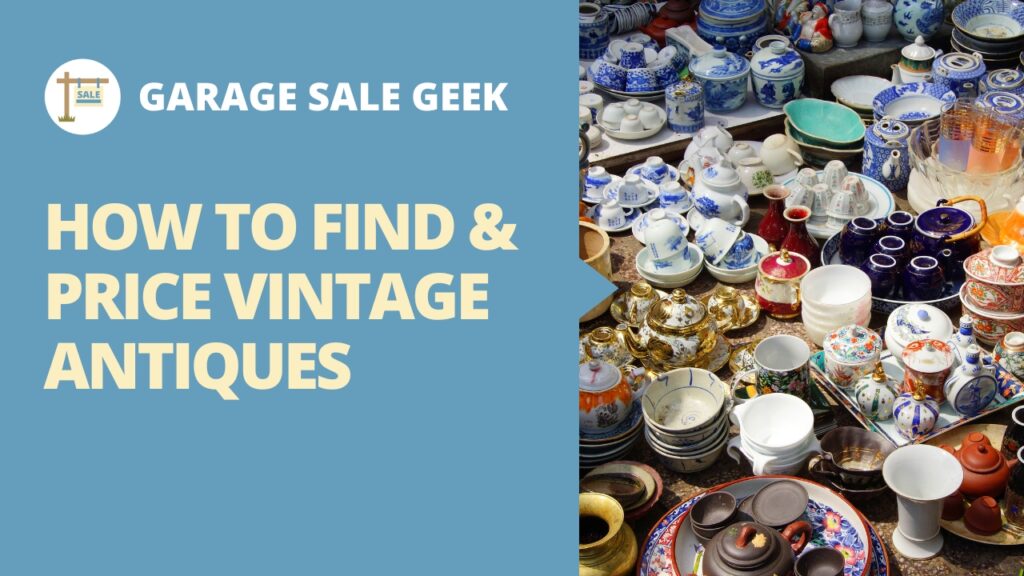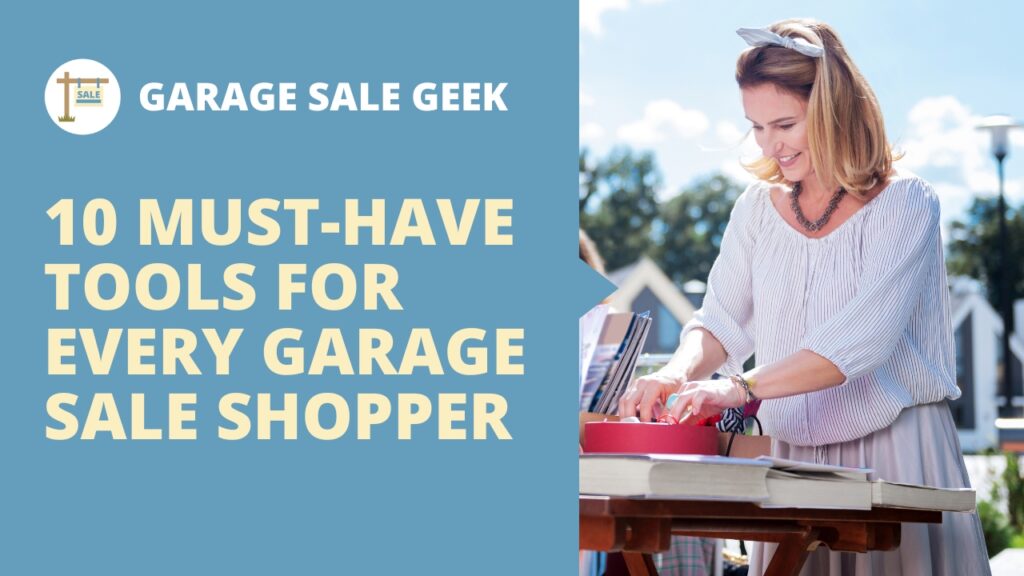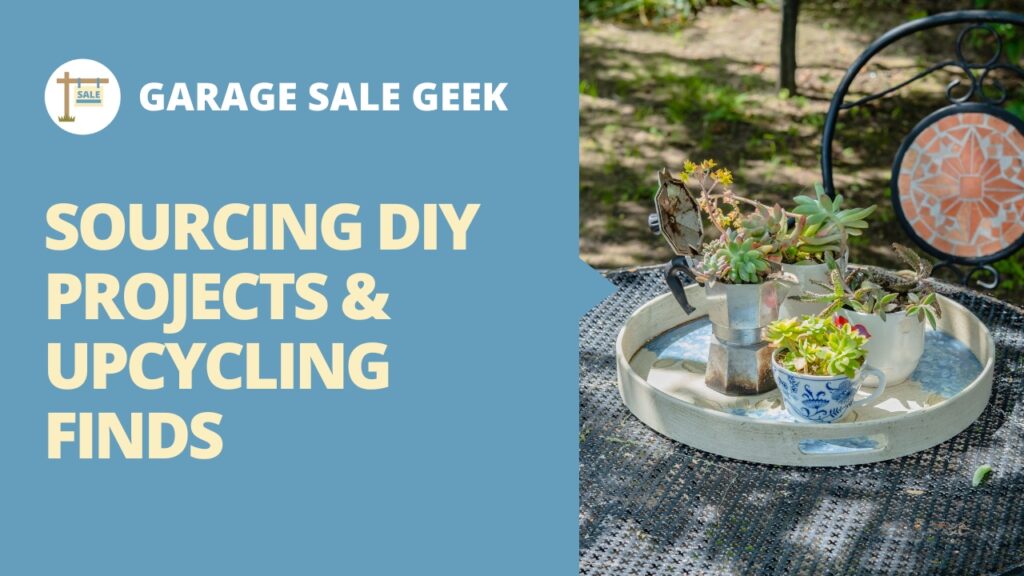
Diving into the world of vintage and antique treasures can be like stepping back in time. I’ve always been fascinated by the stories and history each unique piece holds. But how do you find these gems and, more importantly, determine their true value?
I’ll guide you through the thrill of the hunt for vintage and antique items, from dusty thrift store shelves to high-end auction houses. Whether you’re a seasoned collector or a curious newbie, you’ll learn how to spot potential and assess worth like a pro.
Stay with me as I share insider tips on evaluating the condition, authenticity, and rarity of your finds. Let’s unlock the secrets to making informed decisions that could lead to the discovery of your very own hidden treasure.
The Thrill of the Hunt: Where to Find Vintage and Antique Items
As a bargain-hunting aficionado and vintage lover, I’ve come to realize that the best finds are often the ones you least expect. Garage sales and yard sales are my playgrounds. They’re not just weekend activities, they’re treasure troves speckled throughout neighborhoods, just waiting to be explored.
I’ll wake up early on a Saturday morning, coffee in hand, and head out into the wild of suburbia. The anticipation of a yard sale hunt is like a siren call. It’s the quintessential grassroots shopping experience where you can stumble upon almost anything, from retro kitchen gadgets to overlooked heirlooms. Every lawn spread is a potential gold mine and here’s the kicker – haggling is part of the culture, so you can score these gems at prices that are more than reasonable.
But it’s not just about garage and yard sales. I’ve also spent a fair bit of time darting in and out of thrift stores and hitting up estate sales. These places can be hotspots for vintage and antique items, especially on the last day when prices often get slashed to move items quickly. It’s all about being in the right place at the right time.
And let’s not forget the quiet allure of flea markets. They can be overwhelming with their vast array of items, but with a keen eye, you might just find something truly special. I’ve come across first-edition books, vintage jewelry with captivating backstories, and furniture pieces that transport you to another era. It pays to be patient and persistent.
Connecting with others who share the passion for vintage treasures has opened doors to private sales and collections. Sometimes the best sources aren’t advertised – they’re discovered through word of mouth from within the collecting community.
Remember, the thrill of the hunt is as much about the chase as it is the find. So, lace up your most comfortable shoes, arm yourself with a list of must-visits, and set out on your quest. You never know what you might bring home from these spontaneous adventures in vintage and antique hunting.
Developing an Eye for Potential: Spotting Valuable Vintage and Antique Items
Ever come across a neglected table at a garage sale and wondered if you’ve just passed by a fortune? I’ve been there, but let me tell you, with a bit of practice and know-how, you’ll start spotting valuable vintage and antique items like a seasoned pro.
I’ve learned that research is your best friend when it comes to vintage hunting. Before heading to yard sales, I like to spend some time brushing up on different styles and eras. Knowing the marks of a true mid-century modern chair or Victorian-era jewelry can be the difference between scoring big or passing over a hidden gem.
Here are a few tips on honing your eagle eyes for valuable finds:
- Examine the craftsmanship. Superior quality usually indicates a piece that’s stood the test of time.
- Look for markings or stamps, especially on silverware or pottery. They often tell you when and where an item was made.
- Trust your gut. More often than not, that feeling you get when you lay eyes on something special is spot on.
But don’t just skim the surface. I encourage you to dig a little deeper—literally. Often, those dusty boxes beneath the tables at yard sales hold incredible treasures. It’s where I found my favorite vintage brooch. It was bedraggled and forgotten, but underneath the grime, it was a true Art Nouveau piece.
I won’t claim it’s always a jackpot. But, there’s a real thrill in the hunt and the occasional find that makes you do a happy dance right there in the driveway. It’s not just about being in the right place at the right time; it’s about being prepared and tuned into what you’re discovering.
Remember, it’s not just about what you find—it’s how you find it. With a bit of patience and a keen eye, your next garage sale adventure could unveil a treasure waiting to be cherished again. Keep exploring, and who knows what historical trinket will next catch your eye.
Distinguishing the Real from the Reproduction: Assessing the Authenticity of Vintage and Antique Items
Navigating the waters of vintage and antique item collection is like setting out on a thrilling treasure hunt. Identifying authentic pieces is crucial, particularly at those garage sales and yard sales where the past is often hidden among random household goods.
How do I sort the real deals from the get-rich-quick fakes? Well, I’ve learned a thing or two over the years that I’m more than happy to share. The secret? It’s all in the details. Here’s what I look for:
- Craftsmanship: Authentic vintage and antique items usually have a level of craftsmanship that is hard to mimic. The materials feel substantial, and the construction is often more intricate than today’s mass-produced pieces.
- Wear and Tear: Genuine old items have a certain patina that comes from being loved and used over the years. This isn’t to say that all authentic items will show damage, but age should bring with it some signs of a life well-lived.
- Markings: Many vintage items will have maker’s marks, stamps, or signatures. Familiarize yourself with these, as they can be a quick indication of authenticity. Take a small magnifying glass with you to sales to check for these tell-tale signs.
- Provenance: Sometimes, sellers at yard sales have a bit of history on the item. While some stories could be as tall as a garden gnome, others can offer clues to the item’s origins. I’ve often taken said stories with a grain of salt, but they can sometimes lead to amazing discoveries.
Intuition plays a big role too – that gut feeling when you hold something remarkable can’t be easily explained but is often right. Mostly, I remind myself that if a find seems too good to be true at a garage sale, it just might be. But once in a blue moon, it’s that elusive diamond in the rough that keeps the magic of the hunt alive.
To become a savvy collector, it takes patience, practice, and persistence. My personal mantra? Enjoy the journey as much as the find. The early bird might get the worm, but it’s the eagle-eyed who’ll spot the real treasures hidden amidst tables of trinkets and boxes of baubles. So keep those eyes peeled and happy hunting at your next
Separating the Rare from the Common: Evaluating the Rarity of Vintage and Antique Items
Finding the needle in the haystack is what it’s all about when you’re scouring garage and yard sales for that one rare vintage find. Trust me, the rarity of an item can turn a simple trinket into a prized possession, and knowing how to evaluate this rarity is a skill every thrifty mom and bargain hunter should have in their arsenal.
First thing’s first, you’ve gotta do your homework. Before you even pull up to that yard sale, make sure you’ve got a basic knowledge of what you’re looking for. Research popular vintage items, like costume jewelry or first edition books, and familiarize yourself with what makes an item rare in its category. Usually, it’s a combination of:
- Age
- Scarcity
- Demand
- Condition
Something may look old, but if it’s been mass-produced, its value might not be as high as you’d expect. So when I’m rifling through boxes, I keep an eye out for unique identifiers like serial numbers, limited production signs, or odd quirks that set an item apart.
Another pro-tip from my many yard sale adventures is to chat with the sellers. People love to share stories about their items, and sometimes, you’ll get golden nuggets of information that can hint at an item’s rarity.
Remember that condition matters too. A common item in mint condition can sometimes fetch more than a rare item that’s seen better days. What I look for are items that have been lovingly maintained or stored away and forgotten – those are often where you’ll find the true gems.
And don’t forget to use online resources on the spot – a quick search on your phone can often tell you if you’ve just found a diamond in the rough or just another piece of costume jewelry.
Making Informed Decisions: Assessing the Condition and Value of Vintage and Antique Items
When you’re knee-deep in a yard sale, there’s an art to spotting the real steals. Let’s talk about evaluating the condition of these potential picks. It’s not just about how they look at first glance. Sometimes an item’s real worth is hidden below surface scratches or a layer of dust.
I’m the first to admit that I’ve snagged what I thought was a prize, only to discover it needed more TLC than my last-year’s garden. So, the condition is key. Look for signs of durability—Are the joins still strong? Is the wood warped? This can tell you a lot about how the piece was cared for. And don’t forget to open drawers, check the bottoms, and gently test any moving parts.
For those delicate finds, like porcelain or jewelry, I’d suggest a softer touch. Tiny marks or stamps can hint at the maker and age, and that’s where your detective skills really come into play. Plus, condition isn’t just about sturdiness; patina and light wear can authenticate an item’s age and add character.
As for value, it’s an intricate dance between rarity, appeal, condition, and market demand. I’ve learned that what’s hot on the market can change faster than my teenager’s mood. So, I keep an eye on online auction sites to see what’s trending. Don’t be shy to pull out your smartphone right there at the garage sale to check comparable items online; it’s a power move.
Price negotiations can feel like a mini-battle of wits, but they’re also part of the fun. Knowing the item’s condition and possible value gives you the upper hand. But remember, the real value of vintage and antique items is often what it’s worth to you. If it sparks joy and fits your budget, that’s a win in my book.
And speaking of budgets, I can’t stress enough the importance of setting one before diving into the sea of garage sale signs. It’s easy to get carried away, so having a set limit helps keep my wallet in check. Trust me, it’s a lifesaver when you spot that gotta-have-it side table that’s just a little out of reach financially.
Keep these tips in mind, and you’ll refine your vintage and antique hunting prowess in no time. Whether it’s
Conclusion
Venturing into the world of vintage and antique treasures is a thrilling journey that rewards the patient and the persistent. I’ve shared my passion and insights to help you start your own adventure. Remember, it’s not just about the find—it’s about the story behind each piece and the joy of discovery. So keep your eyes peeled and trust your instincts. Whether you’re rummaging through a yard sale or consulting with experts, every step brings you closer to unearthing that one-of-a-kind item that speaks to you. Happy hunting!
Frequently Asked Questions
What are some tips for finding valuable vintage and antique items?
To find valuable vintage and antiques, research and develop an eye for spotting genuine articles. Examine craftsmanship, look for unique markings or stamps, and trust your instincts. Don’t overlook exploring dusty boxes at yard sales, as they can often hide treasures.
How can you assess the authenticity of vintage and antique items?
Assessing authenticity involves checking for signs of wear that align with the item’s age, examining any markings or stamps for legitimacy, and considering the item’s provenance. Authenticity may also be inferred from historical consistency and the materials used.
What makes a vintage or antique item rare?
Rarity in vintage and antique items is often determined by age, scarcity, demand, and condition. Research to understand what’s popular and seek out unique identifiers that set an item apart. Consult experts or do online research to ascertain an item’s rarity.
How can you evaluate the condition of vintage and antique items?
Evaluate the condition by inspecting for damages, repairs, or restorations that may affect the item’s value. Look closely for any alterations that could compromise its integrity, and compare it with verified examples to gauge its condition accurately.
Why is setting a budget important when purchasing vintage and antique items?
Setting a budget is crucial to avoid overspending and to focus your search on items you can afford. It also prepares you for negotiating prices. Having a budget in place ensures a disciplined approach to collecting and helps in making informed decisions.


